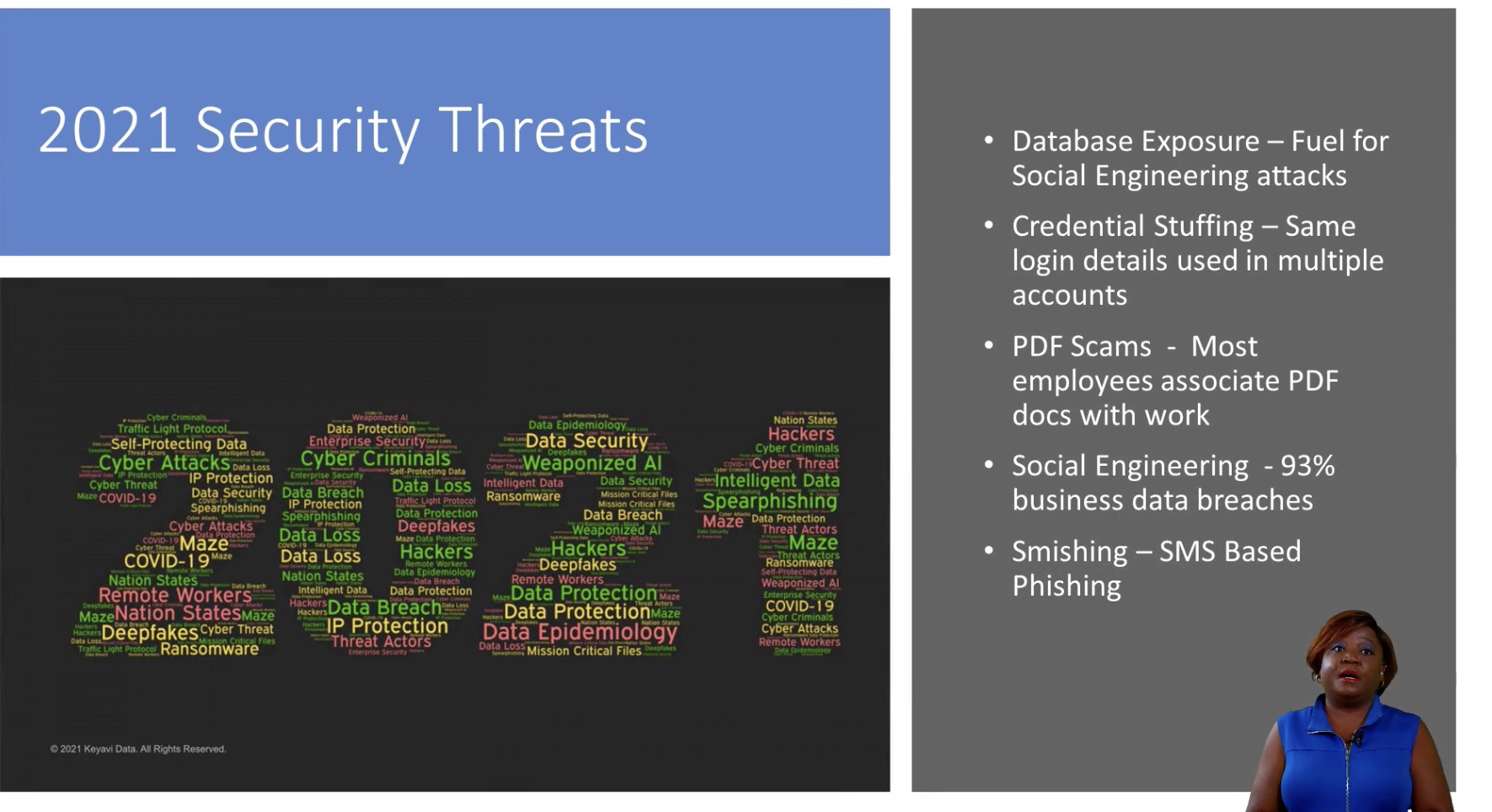advertisement
Laura Chite Officially Inaugurates The Virtual Cloud And Security Summit
Almost every organization has adopted cloud computing to varying degrees within their business. However, with this adoption of the cloud…

Almost every organization has adopted cloud computing to varying degrees within their business. However, with this adoption of the cloud comes the need to ensure that the organization’s cloud security strategy is capable of protecting against the top threats to cloud security.
Cloud computing has morphed into a mainstream business tool, offering a cost-effective and reliable IT solution that supports businesses growth and development. At the same time, today’s technological advancements and increasing security threats are giving rise to concerns about the efficiency of cloud computing security.
“Public cloud will skyrocket” said Laura Chite, the CEO of CIO East Africa. She was at hand to explain just how important it is to ensure that whilst a company is thinking of migrating the the cloud, it should have its vulnerabilities patched up. Just how can these vulnerabilities be patched up? Your direct answer cyber defense protocols with cloud native features.
advertisement
One of the big questions that people have about the cloud is whether it’s secure. Security issues in cloud computing is a major source of worry for many organizations that are considering using cloud-based apps and infrastructure.The answer is: It’s complicated.
“Now, the world endures smashing attacks. Smishing is when SMS based phishing. When you click on the link in your text, the attack starts.”
Since cloud is becoming the go-to choice for managing data and apps, cloud providers usually do their part by implementing several cloud security services, like restricting access, backup and recovery, security features like encryption, penetration testing, and 2FA, among other things. The onus is now on you and I, as the users, to learn as much as we possibly can from summits such as the Cloud and Security summit, so that we can bridge the knowledge gap and start developing a culture of security.